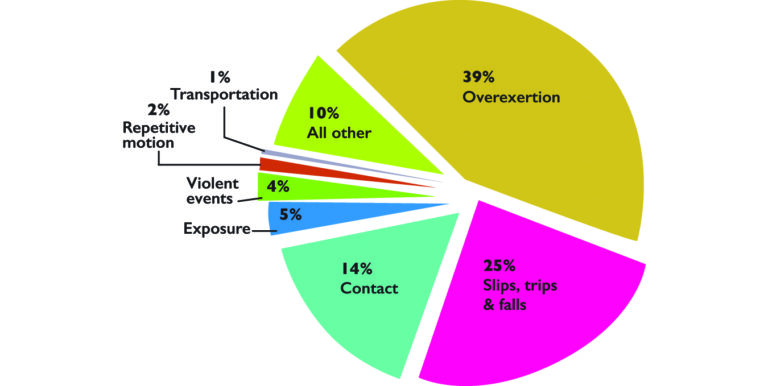Facilities Check List
Practical, step-by-step guides for the busy FM
February 2000
Seven Principles For Effective Energy Management
Rising energy costs have again made energy management a priority for facilities managers. Many new energy-saving technologies are available, such as automated management systems, but they do not, in themselves, guarantee a successful energy program. Facility managers should keep the following principles in mind as they consider “new” approaches to energy management.
- Without knowing how, when and where energy is used, there is no way to gauge the relative importance of energy management projects. Identifying and tracking energy use patterns is the first step in any energy program.
- More energy savings may be obtained by simply controlling a system’s use (e.g., lighting) than by installing more efficient components (e.g., T-8 lamps and electronic ballasts).
- Most successful energy management programs are found in the best managed and maintained facilities, not in those with the greatest quantity of technological equipment.
- Good maintenance practices and good energy management go hand in hand. Some of the highest rates of return on energy conservation are generated simply by performing maintenance.
- Preventive maintenance is still critical, and reactive maintenance (waiting for a crisis to occur) is still foolish, despite funding limitations. It is easy to ignore preventive maintenance when systems are new, calibrations are precise, seals are tight, and heat-exchanger surfaces are clean. As systems age, these and other items need care. No amount of technology will obviate the need for regular care or compensate for its absence.
- Maintenance and energy management serve different purposes. One cannot be substituted for the other. For example, cleaning light-fixture lenses and re lamping them is good maintenance; installing more efficient lamps and ballasts is good energy management. These distinctions must be remembered when budgets are being prepared.
- Automated energy management systems cannot compensate for poor HVAC system design. If heating and cooling loads are incorrectly estimated or equipment is inappropriate, automation cannot wring more performance out of system components than they were designed to provide.
This installment of FM Check List is adapted from BOMI Institute’s Technologies for Facilities Management course, (www.bomi-edu.org/13041.html), a required course in BOMI Institute’s Facilities Management Administrator (FMA) program.




